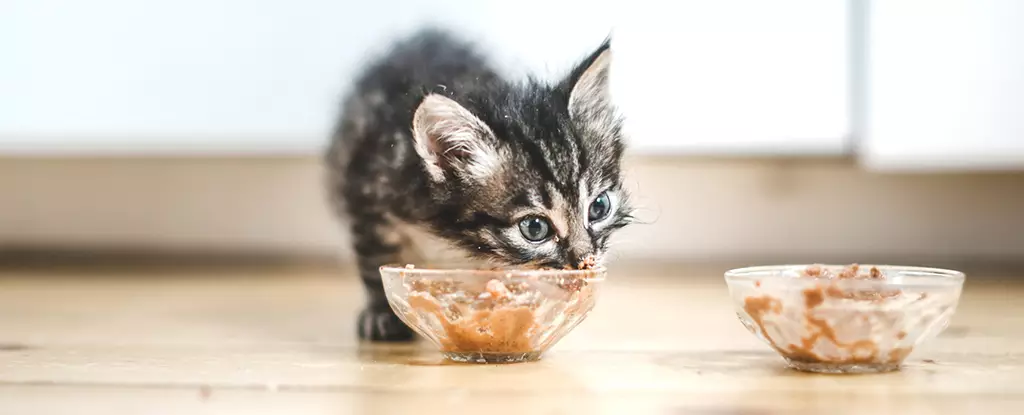The emergence of bird flu cases in domestic cats in Los Angeles County has raised significant alarm among pet owners and public health officials alike. With at least six confirmed cat fatalities due to the H5N1 virus, it is imperative that we explore the nature of this outbreak, its implications for pet health, and the broader viral dynamics that could pose threats to both animal and human lives.
In a troubling trend, several cats have succumbed to the H5N1 virus after consuming contaminated raw pet food and raw milk. The catalyst for this outbreak appears to be the consumption of commercial raw pet food, specifically a brand named “Monarch Raw Pet Food” that was being sold at local farmers’ markets. This illustrates a crucial, if often overlooked, risk associated with feeding pets raw diets—a practice that some owners opt for with the belief that it mimics a natural diet but can expose them to unintended health threats.
Notably, a household that housed five indoor-only cats faced devastating losses when two of their pets were diagnosed with severe respiratory illness after consuming these tainted food products. The remaining cats also exhibited symptoms of varying severity, highlighting that even cats kept strictly indoors can fall victim to external viral threats when proper caution is not exercised regarding their diet.
As the Los Angeles County Department of Public Health (LACDPH) undertook testing, it was revealed that several of the infected cats had encountered H5N1 through their raw food consumption. The confirmation of these cases marks a significant milestone, as they represent the first documented instances of feline infections by this strain in the area. This not only draws attention to issues surrounding pet food safety but also reaffirms the need for vigilant health monitoring in domestic animals.
Compounded by further reports of additional cats falling ill after consuming raw milk—which had been recalled due to contamination—this situation underscores a broader challenge regarding food safety for pets. The alarming fact remains that in a landscape where 66 human cases of H5N1 have been recorded in the U.S., with one resulting in a fatality, the potential for cross-species transmission is a looming specter.
One of the more distressing implications of the recent cat deaths is the potential for the H5N1 virus to mutate or spread among various species. While current assessments by the LACDPH indicate that the risk of cat-to-cat or human-to-human transmission remains low, the presence of the virus in a wide-ranging number of animals, including birds, mammals, and poultry, highlights the fluid nature of infectious diseases. Indeed, there are concerns that mutations could enable this virus to not only better adapt to different hosts but also increase its virulence.
Educating pet owners on the risks associated with raw diets is pivotal in mitigating these risks. Being wary of food recalls and maintaining awareness of the symptoms of H5N1 can empower pet owners to act swiftly in moments of potential crisis, reducing further losses among beloved companion animals.
In light of these developments, pet owners are advised to take several proactive measures to safeguard their pets’ health. Most notably, it is recommended to avoid feeding raw dairy, raw poultry, and raw meat products. While some may endorse the practice of feeding pets raw diets as a means of providing high protein, the risks far outweigh the benefits, considering the potential for severe illness stemming from unregulated food sources.
Further, pet owners should stay informed about food safety alerts, particularly those pertaining to pet food and dairy products. By regularly navigating resources like the FDA’s Recalls and Alerts website, individuals can minimize their pets’ exposure to contaminated products. This increased diligence extends beyond food safety; vigilance for symptoms that indicate potential infection—such as fever, lethargy, respiratory distress, jaundice, and unusual neurological signs— is essential.
Overall, the recent uptick in H5N1 cases among domestic cats in Los Angeles serves as a stark reminder of the delicate interplay between animal health and public safety. As pet ownership continues to rise, so too does the responsibility of owners to understand and mitigate the risks associated with feeding practices and animal interaction. While the immediate threat to public health remains low, ongoing communication, education, and precautionary measures will be vital in preventing further outbreaks and ensuring the well-being of our pets in the future.

